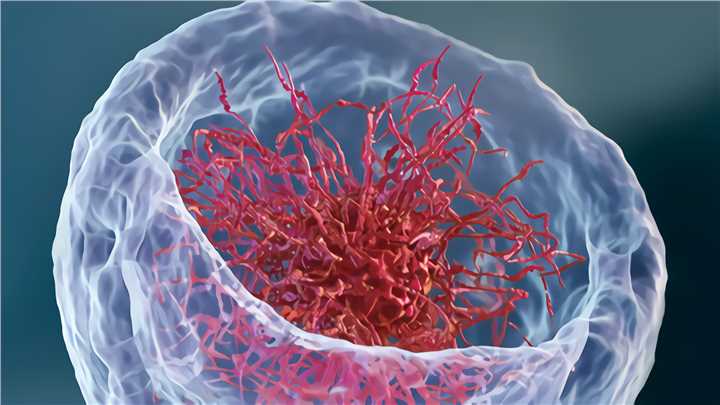Open Essex
kacang99 login
The Emerging Role of TREM2 in Macrophages: A New Perspective on NAFLD and Liver Fibrosis

Non-alcoholic fatty liver disease (NAFLD) is a condition characterized by the abnormal accumulation of fat in the liver, not related to heavy alcohol consumption. It is a prevalent chronic liver disease affecting up to 25% of the global population. While many individuals are asymptomatic, 2% to 5% may develop complications, leading to non-alcoholic steatohepatitis (NASH). This more severe form involves liver inflammation and cell damage, potentially progressing to liver cirrhosis. Early detection of NAFLD is crucial to prevent irreversible damage and alleviate clinical and economic burdens.
Research indicates that immune cell changes in the liver play a significant role in NAFLD progression. Chronic low-grade inflammation, marked by immune cell activation, abnormal cytokine production, and increased acute phase proteins, is a hallmark of NAFLD. Macrophages, key components of the immune system, are crucial in initiating and perpetuating hepatic inflammation and regulating fibrosis. Studies have shown that liver macrophages exhibit considerable heterogeneity, influencing disease progression through interactions with other liver cells.
A recent study published in the Journal of Hepatology highlights the role of a specific macrophage subtype derived from the bone marrow in progressive NAFLD. The research links murine steatohepatitis with a hepatic transcriptomic profile characterized by hyperlipidemia-induced activation of Triggering Receptor Expressed on Myeloid Cells 2 (TREM2). The study demonstrates the protective role of these TREM2-positive macrophages against fibrosis and liver cirrhosis in animal models. Notably, an increased accumulation of TREM2-expressing macrophages is observed in areas affected by NASH, including regions of cellular damage, oxidative stress, and fibrosis. Furthermore, bone marrow transplantation models reveal that hematopoietic TREM2 deficiency exacerbates fat storage, connective tissue breakdown, steatohepatitis, cell death, and fibrosis.
Given the role of TREM2-positive macrophages in mitigating fat accumulation, inflammation, and NAFLD progression to liver fibrosis, these cells present a promising target for developing new NASH therapies aimed at infiltrating immune cells.
Additionally, TREM2 exists as both a membrane-bound receptor and a soluble form (sTREM2) detectable through blood tests. The study shows that cirrhosis patients have significantly higher levels of sTREM2 compared to those with NASH and simple steatosis. Elevated sTREM2 levels are also found in NASH patients compared to those with steatosis alone. Thus, systemic sTREM2 levels correlate with NAFLD severity, positioning them as superior biomarkers for distinguishing between different stages of liver disease.
In summary, this study explores the origin and function of TREM2-positive macrophages in NASH and identifies sTREM2 as a NASH biomarker for tracking liver disease progression. The presence of bone marrow-derived TREM2 is critical in generating anti-fibrotic macrophages that can counteract proinflammatory responses in the liver, highlighting TREM2 as a potential therapeutic target for reversing tissue damage in NASH.
Blog posts
-
ahmad77 slot mpo 500 login ahmad77 mpo777, Thursday, 26 September 2024, 4:54 PM
-
ahmad77 slot mpo 500 login ahmad77 mpo777, Thursday, 26 September 2024, 4:18 PM
-
ahmad77 slot mpo 500 login ahmad77 mpo777, Thursday, 26 September 2024, 4:18 PM
-
ahmad77 slot mpo 500 login ahmad77 mpo777, Thursday, 26 September 2024, 4:17 PM
-
ahmad77 slot mpo 500 login ahmad77 mpo777, Thursday, 26 September 2024, 4:17 PM